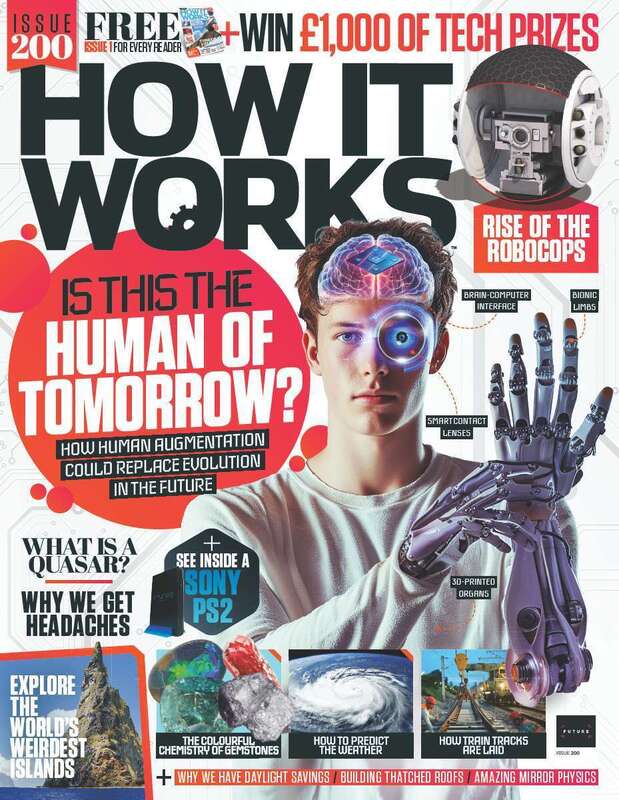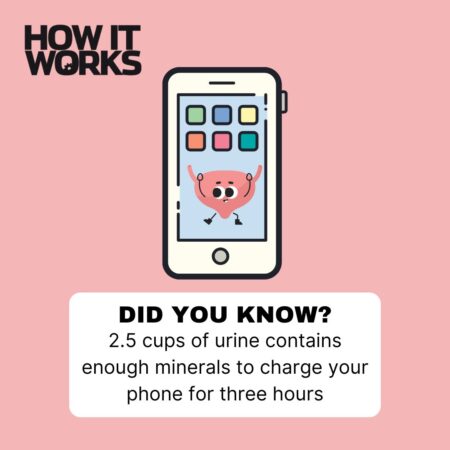What is space radiation?
On Earth, we are exposed to radiation all the time – sunlight warming your face, WiFi covering your home – but our planet’s atmosphere and magnetic field protects us from the worst of it.
Space is full of ionising radiation, which has enough energy to knock electrons out of the atoms it hits. While non-ionising radiation can still be harmful, it is not powerful enough to strip away electrons.
In space, there are three different forms of ionising radiation: galactic cosmic (thought to come from supernova explosions), trapped (which is confined to Earth’s magnetic field) and solar energetic particles (released during solar flares).
Ionisation of the atoms in human cells can cause DNA and cell damage, leading to health problems ranging from cataracts to cancer. Radiation damage can be accumulated over time, so shielding on spacecraft and the ISS is very important for long-duration space missions.
Astronauts will avoid unnecessary radiation exposure by following various protocols, such as not conducting spacewalks during periods of intense solar activity. NASA astronauts also wear sensors to monitor how much radiation they have been exposed to during their careers.
——————————————————————————————————————————————
Article extract from How It Works issue 88, available now from the Imagine Shop
Images: ESO, M. Kornmesser, NASA, Goddard Space Flight Center, ESA
——————————————————————————————————————————————
Discover more amazing science in the latest issue of How It Works. It’s available from all good retailers, or you can order it online from the ImagineShop. If you have a tablet or smartphone, you can also download the digital version onto your iOS or Android device. To make sure you never miss an issue of How It Works magazine, make sure you subscribe today!
Plus, make sure you also check out our digital-only specials, such as Amazing Inventions, Book of Extreme Survival and How Drones Work, available to download onto your digital device now!
You may also like:





